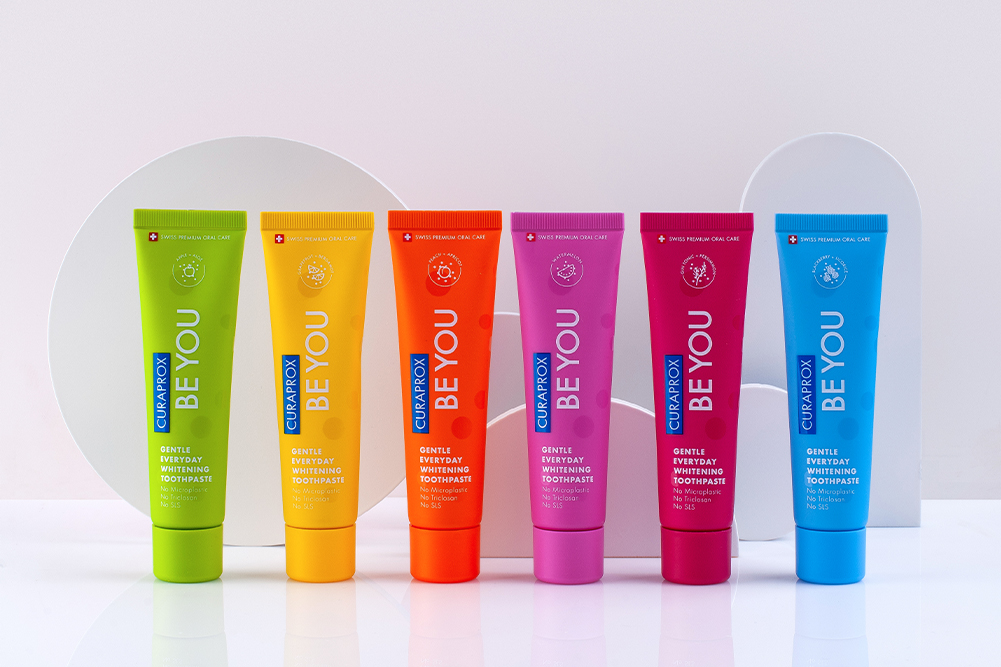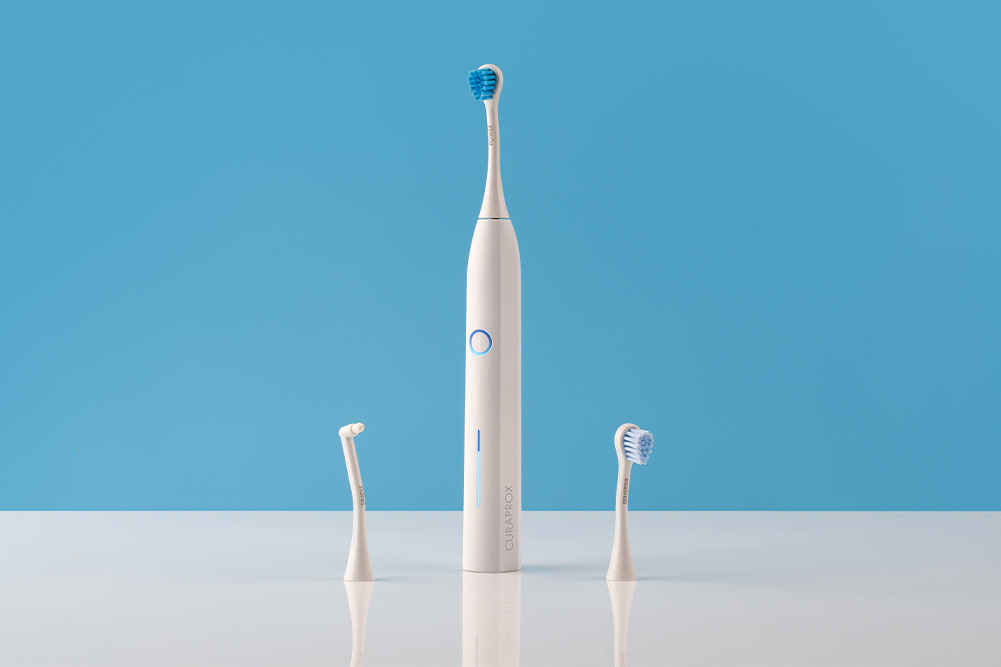4 expert tips for healthy, glowing skin
Earlier, I shared my first three principles for healthy skin. Here are the remaining four, which are just as important. Combined, these seven tenets will keep your insides healthy and your outsides glowing.
4. Boost your fibre intake
We all know fibre keeps us regular, but did you know that a healthy colon is key to healthy skin? According to traditional Chinese medicine principles, if faeces move too slowly through the bowel, toxins can be reabsorbed into the bloodstream and lymphatic system and circulated around the body again. This causes waste to accumulate in the body’s tissues and places a far greater load on the detoxification and elimination organs. This type of auto-toxicity is linked to many skin conditions, such as acne and psoriasis, and is a clinical foundation of naturopathic treatment for almost any skin condition.
High-fibre foods include fruits and vegetables with their skin intact, mucilage grains such as soaked rolled oats (soaking is key to aid digestibility), chia seeds and freshly ground flaxseed.
5. Promote regular detoxification and elimination through diet
Rather than try to do an extreme detox or fast once or twice a year, for good skin health it’s important to regularly eat foods that will support detoxification and elimination.
The body’s main detoxification organ is the liver. When you support the liver’s detox functions (blood cleansing, detoxification pathways, bile production), you take a substantial load off all the other eliminative organs, particularly the skin. You can improve the liver’s eliminative functions with a healthy diet, water, nutrients, herbs, regular exercise, a daily bowel motion and low toxin exposure.
The best liver diet is full of fresh, vital fruits and vegetables that provide water, vitamins, minerals, antioxidants and fibre. These foods are particularly beneficial:
- Lemon and bitter foods (beetroot, endive, chicory, dandelion leaves, radicchio, rocket) increase bile flow plus cleanse, decongest and protect the liver. They also reduce the load on the liver by enhancing all aspects of digestion.
- Indoles and sulforaphane found in cruciferous vegetables (broccoli, kale, bok choy, Brussels sprouts, cabbage, cauliflower) support phase-one liver detoxification.
- Protein foods (in particular the amino acids arginine, cysteine, glutamine, glycine, methionine, ornithine, taurine) support phase-two liver detoxification.
Your main elimination pathways are through the bowels, kidneys/urine, skin/sweating and lymphatic flow. General ways to support these are to:
- Drink at least 2L of fresh filtered water to promote toxin removal through the kidneys and urine.
- Eat a diet high in alkaline foods (most vegetables and some fruits). These alkalise the blood and tissues by breaking down to bicarbonate ions, which improves immune function and encourages body tissues to dump wastes and toxins into the blood so they can be processed and excreted.
Also, promote healthy elimination through the body’s eliminatory and detoxification organs. Your skin is one of the most important channels of detoxification and elimination. Along with the liver, kidneys, lungs and lymphatic system, the skin is constantly excreting wastes and toxins through perspiration and sebum. If any of the other organs become overworked or congested, the skin has to bear more of the elimination burden of removing wastes and toxins from the body. This can contribute to many skin conditions, in particular acne, psoriasis and rosacea.
6. Eat a diet rich in phytochemicals, antioxidants & live enzymes
Phytochemicals are non-nutritive plant chemicals that have the ability to prevent disease, balance hormones, reduce free-radical activity and block the processes that lead to cancer. There are many phytochemicals, with different benefits for skin and whole-body health. An important example is flavonoids. These are highly anti-inflammatory for all cells. Flavonoids are found in celery, cranberries, onions, kale, broccoli, apples, cherries, berries, tea, red wine or purple grape juice, parsley, soybeans, tomatoes, eggplant and thyme.
The major polyphenol in tea is epigallocatechin-3 gallate, or EGCG. Oral and topical use of tea and EGCG helps to inhibit inflammation and oxidative stress, and may help to prevent photo-ageing and cancers of the skin. EGCG is also a potent inducer of superoxide dismutase (SOD), an enzyme that quenches excess free radicals generated by sunlight, smoking and pollution.
Increasing your raw, living foods intake is easy: just add sprouts, grated vegies and lots of green leaves to everything.
Antioxidants prevent free-radical damage in the skin. Your antioxidant defence system is made up of enzymes and substances produced within the body, plus micronutrients from your diet. Maintaining an adequate antioxidant defence system helps prevent free-radical damage and slow ageing and degeneration processes in the skin and body. Some of the most powerful dietary antioxidants are the carotenoid family, found in brightly coloured fruits and vegetables — very important for skin Health. As antioxidants they absorb UV radiation and help prevent photo-ageing and skin cancer. In addition, members of the carotenoid family are used by the body to make vitamin A — one of the most important micronutrients for skin health. Examples of carotenoids include:
- The red pigment lycopene in tomatoes, tomato paste and juice
- The orange/red/yellow carotenes in carrots, corn, mango, pawpaw, oranges, pumpkin and sweet potato
- The purple anthocyanins in beetroot, blueberries, blackberries and eggplant. In the body, anthocyanins regulate genes for healthy cell division, growth and maturation. This is particularly important for your skin and the mucous membrane surfaces that line your digestive, respiratory, urinary and reproductive tracts.
Eating a combination of these colour-coded foods daily helps maintain your antioxidant system as well as skin integrity
7. Incorporate raw food daily
Fresh, raw and live foods, such as fresh fruit and veg, are nutrient-rich, alkalising and packed with enzymes. Consciously choosing meals that are at least 50 per cent raw promotes improved digestion, reduces inflammation, boosts fibre and helps fight cardiovascular disease.
You don’t have to be a raw-foodist to reap the benefits of uncooked food. Increasing your raw, living foods intake is easy: just add sprouts, grated vegies and lots of green leaves to everything — salads, sandwiches, cooked meals and even as a snack in themselves.
- Add raw baby spinach leaves to your meals: they can be eaten uncooked or slightly wilted if placed under hot food on the plate.
- Add raw vegetables to salads: grated carrot, zucchini and beetroot are tasty and nourishing additions.
- Grow your own sprouts: it’s easy and sprouts are a super-fresh way to add crunch to meals and boost your raw intake. Visit sprout.net.au for a comprehensive resource.








